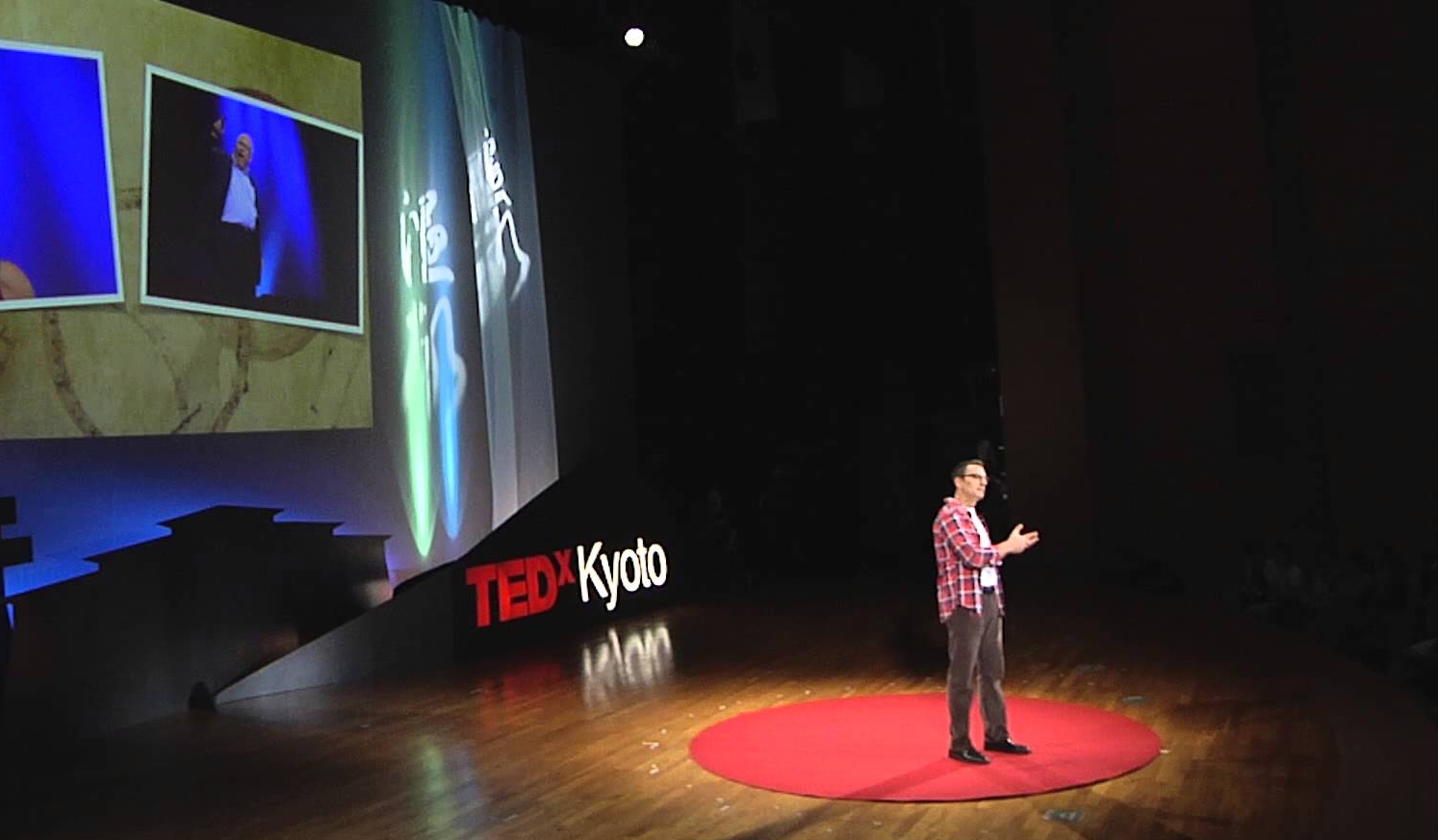Da Vinci is credited for saying that simplicity is the ultimate sophistication. It seems that our modern life is plagued with complexity and unnecessary clutter in all aspects of life, one of which is the art and science of presentations design and delivery.
Presentation waste:
Many of the seasoned experts in the art of presentation design like Garr Reynolds, Nancy Duarte, even the late Steve Jobs, all emphasize the concept of simplicity in the content, visual design and delivery of effective presentations.
What does this have to do with lean? Lean is about utilizing the minimum to achieve the maximum, and this is what an effective presentation should do, not only on the visual design part, but also the content, and the way it’s delivered. In their books, presentation experts talk about simplicity, restraint, and the signal vs. noise ratio, and editing ruthlessly to remove the unnecessary, where a presenter should use the minimum ideas, visual elements, and even time to deliver the main message without bombarding the audience with too many info and crowded slides that would cloud their perception and attention. When you see some of the great TED talks, you may notice the minimalism in presentation slides and delivery (sometimes even without slides) that the speakers apply.
Garr Reynolds refers to such principles as presentation zen, and he draws a lot of examples from the Japanese culture where he lives and works. Is it a coincidence that such principles share similar cultural roots with Lean?
The same thing applies to presentations of complex data in a simplified manner, much like what Hans Roslings has been doing in his presentations.
Presentations and respect:
As we know that one of the pillars of lean thinking is respect for people, and thriving to achieve value from the “customer’s” perspective, and that also applies very clearly to the principles of effective presentation. “It’s not about you, it’s all about them”, this is what Garr Reynolds and others say when designing their presentations (design is the overall planning process of a presentation, not only the visual part). It’s about the audience, their perception, their interests, and their time listening to you. It’s not about how good you look on stage or how fascinating the facts you are presenting. In order to do that, an effective speaker must study his audience before even putting in the content of his speech.
I read once that editing is the skill of the 21st century, where everything has become inflated and full of waste. This is in the heart of good presentations, and in the heart of lean.
Lean Presentations




